Are you tired of spending hours in your garden without seeing major improvements? Do you wish you had a secret stash of tricks to make your plants thrive?
I’ve been there too, and after years of experimenting, I’ve gathered some reliable tips. Below, you’ll find 15 tried-and-true gardening hacks that will help you grow bigger, healthier plants with less effort.
1. Start Seeds with Eggshells
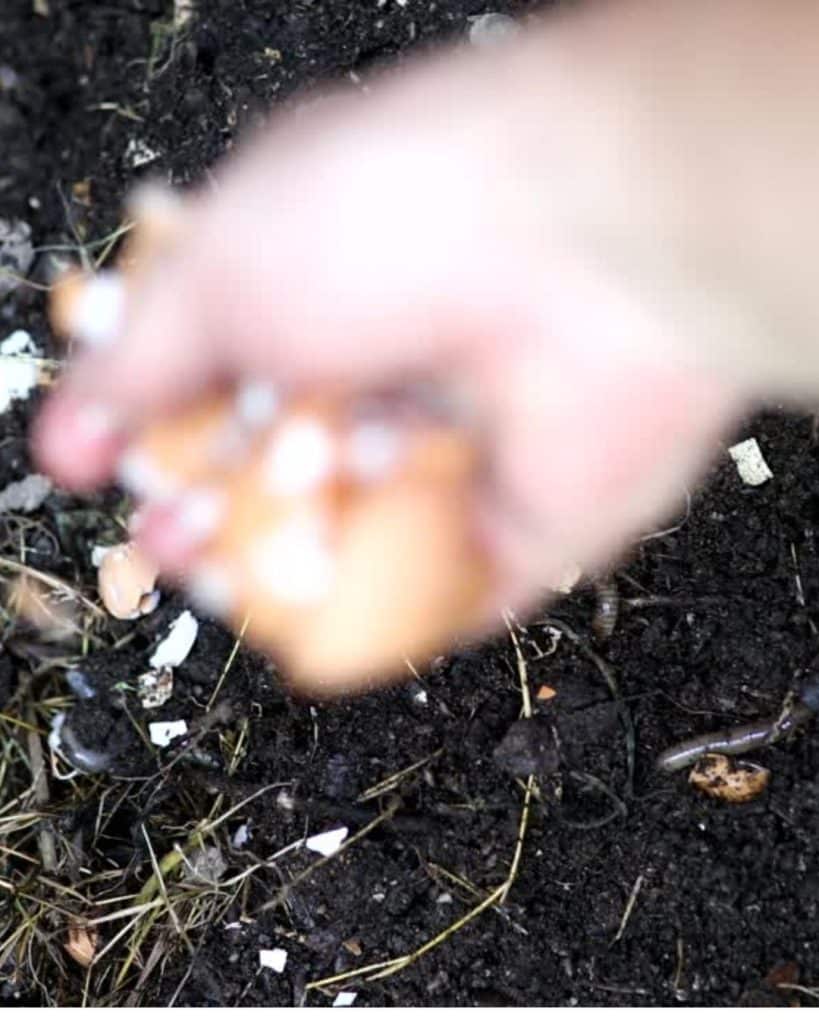
One of my favorite hacks to jumpstart seedlings is to use empty eggshells as mini pots.
They’re eco-friendly, convenient, and they provide calcium to the soil once planted.
Here’s how it works: Gently crack your eggs near the top, empty them, and clean out any residue. Then poke a small drainage hole at the bottom.
Fill the shell with a seed-starting mix, drop in your seed, and keep it watered. When your little seedling is ready to graduate into the garden, you can place the entire shell in the ground. The eggshell naturally breaks down, adding nutrients directly to the soil.
2. Repurpose Coffee Grounds
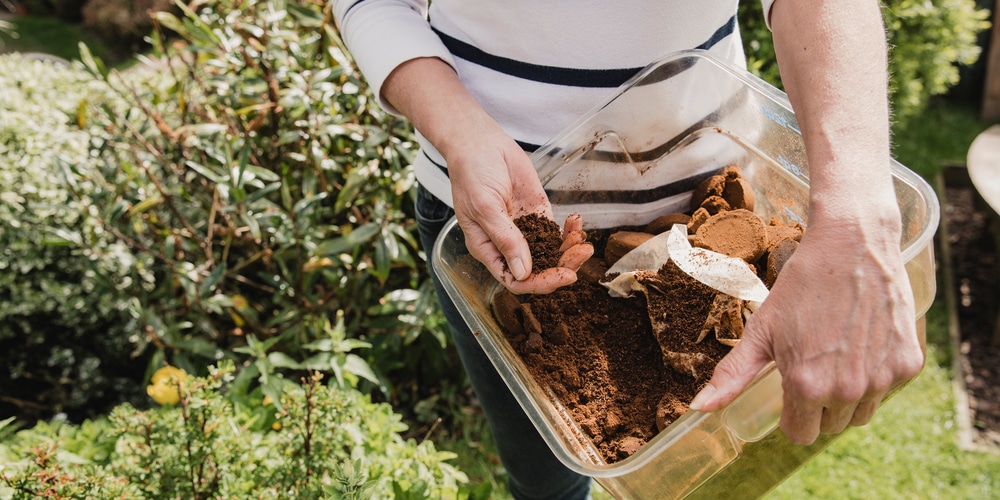
Coffee grounds are a household staple that can benefit your garden in multiple ways.
They add organic matter to your soil, improve drainage, and create a buffet of nutrients for your plants. They can even help deter certain pests like slugs and snails because of their gritty texture.
I like to sprinkle used coffee grounds around acid-loving plants like azaleas, blueberries, and roses. It’s a free way to give them a boost without breaking the bank.
As an added bonus, it’s a perfect method to keep kitchen waste out of landfills. Just remember to use them in moderation—too many coffee grounds might compact the soil if not mixed in properly.
3. The Power of Epsom Salt
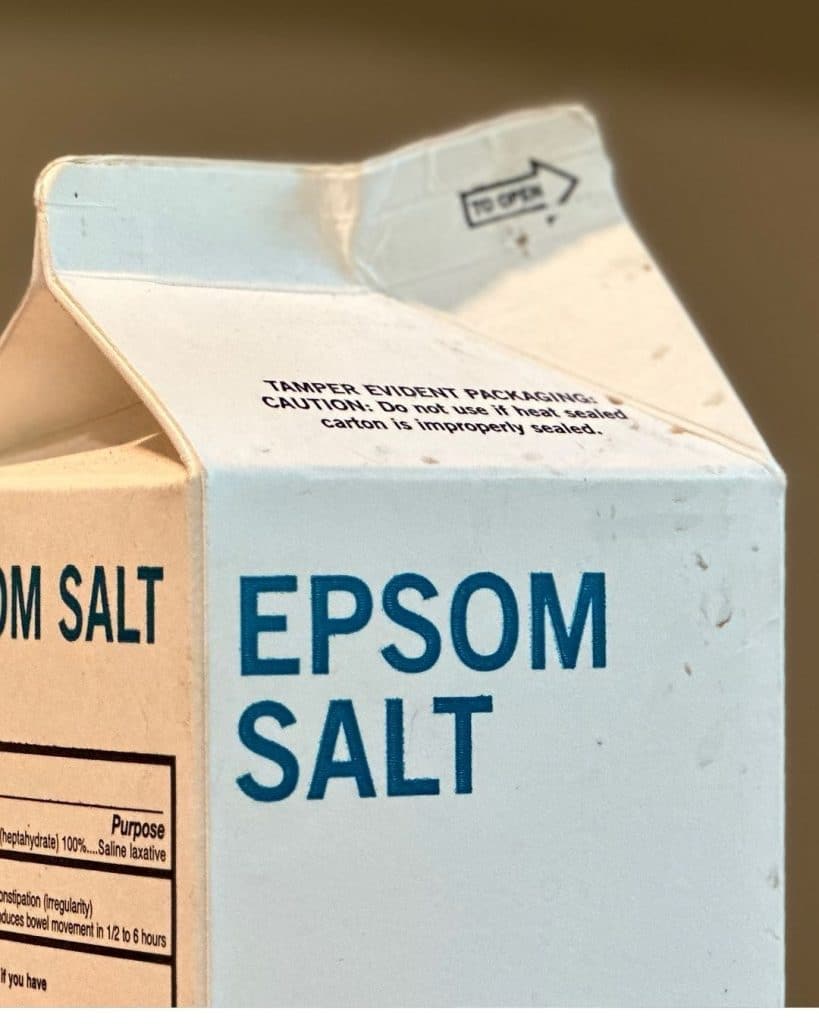
Epsom salt is a time-tested gardener’s companion.
It contains magnesium and sulfate, which can help plants grow stronger roots and produce richer blooms.
Add a tablespoon or two into a gallon of water and use it to water your plants every couple of weeks. I’ve used this trick especially on my rose bushes, and I swear their blooms look more vibrant.
Just be cautious not to overdo it. If you’re worried about measuring out exactly, start with a weaker solution and gradually increase. As always, watch your plant’s reaction to make sure you’re on the right track.
4. Build Up Your Compost
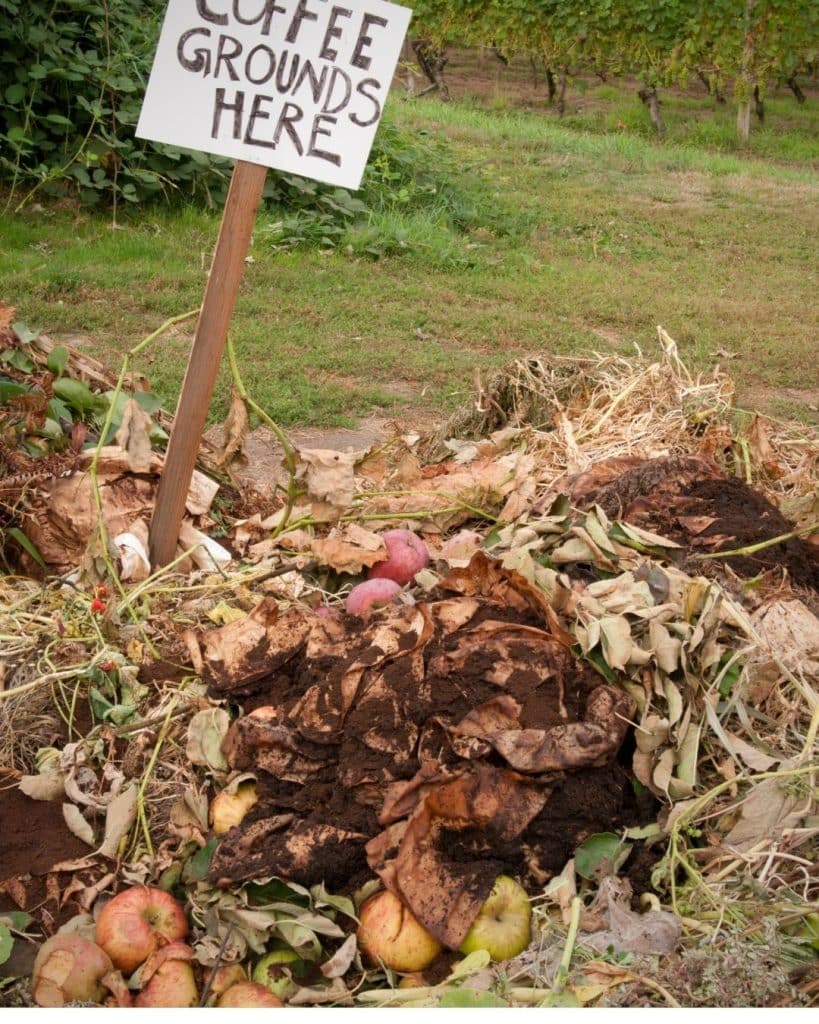
Compost is one of the best tools you can use to create a healthy garden ecosystem.
It provides your plants with a steady stream of nutrients and helps retain moisture in the soil. You can compost fruit peels, vegetable scraps, dried leaves, and grass clippings.
I keep a small kitchen container where I toss my scraps, then once a week, I dump them into a larger compost bin in my backyard.
Turn it occasionally to aerate the pile, and in a few months, you’ll have your own “black gold” to feed your garden. Your plants—and wallet—will thank you for the nutrient boost that doesn’t require a trip to the store.
5. Make Use of Vertical Space
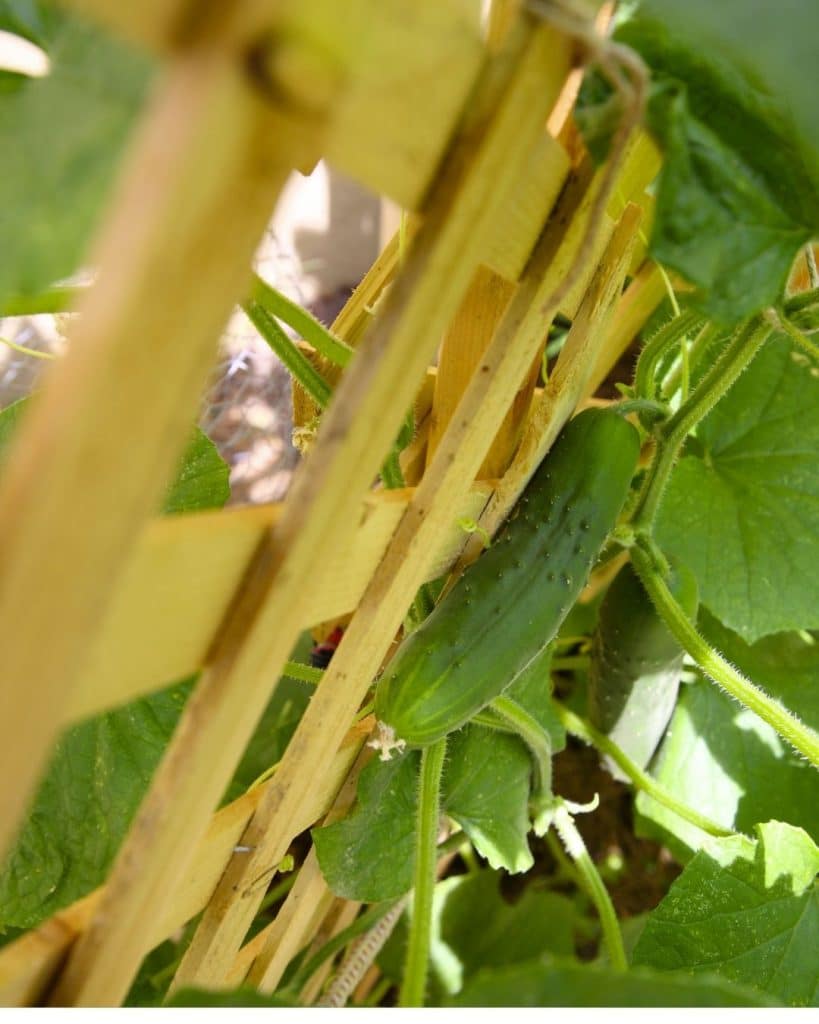
If you’re short on space, vertical gardening is your new best friend.
Try planting climbers like cucumbers, beans, or peas on a trellis or a sturdy support system. Not only do vertical gardens look beautiful, but they also allow for better air circulation, reducing the likelihood of fungal diseases.
Consider building or buying shelving for smaller potted herbs. I’ve personally added old pallets against my fence to grow a variety of herbs and strawberries.
It’s a huge space-saver and makes harvesting super easy. Whether you have a big yard or just a small balcony, don’t forget to grow upwards to maximize your potential harvest.
6. Water with Recycled Rain
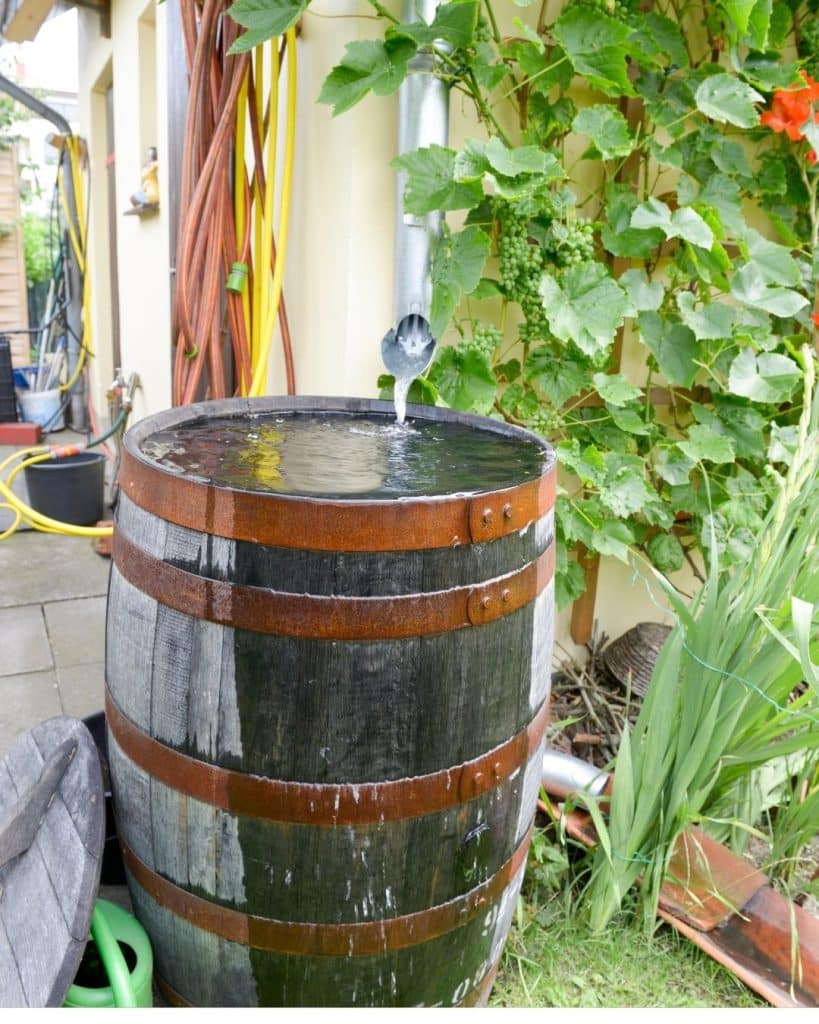
Rainwater is typically softer and free of many chemicals found in tap water.
Setting up a rain barrel system can reduce your water bill while giving your plants a fresh drink. Plus, you’ll be doing your part for the environment by conserving a natural resource.
Attach a spout to your rain barrel, and you can easily fill watering cans or connect a drip hose. My biggest piece of advice is to keep that water moving.
Use it frequently and keep the barrel clean to avoid mosquitoes. Your garden will flourish from the extra nutrients often found in natural rainfall.
7. Use Banana Peels for Fertilizer
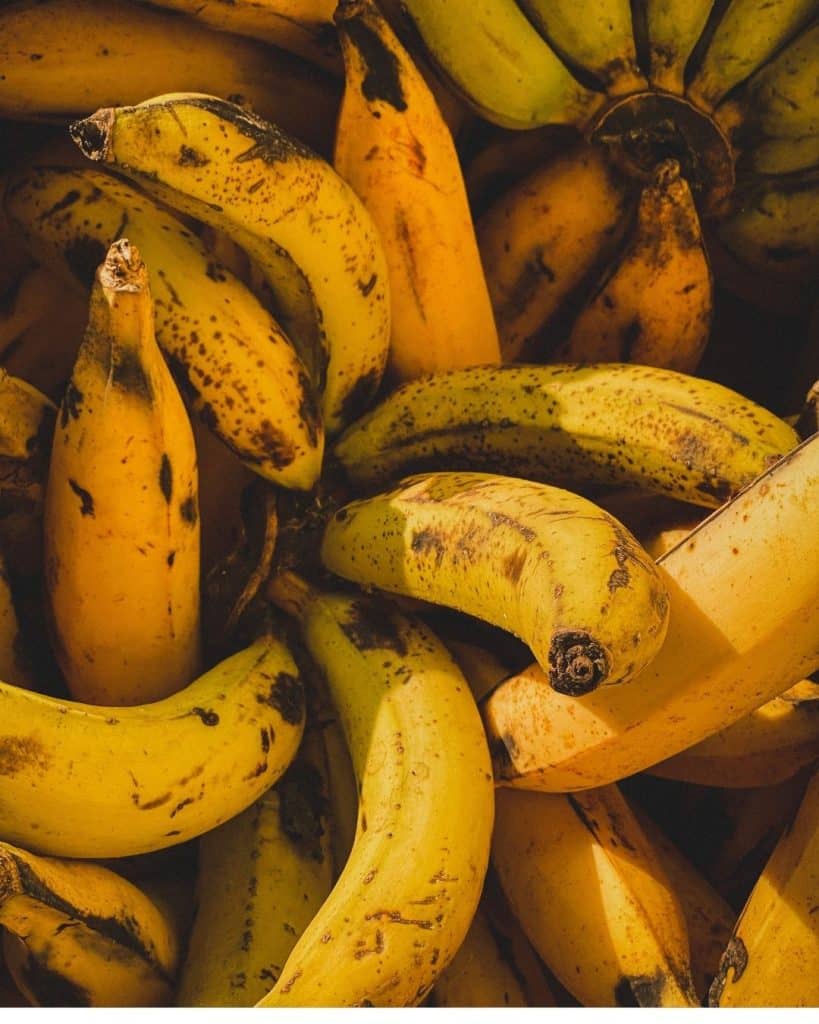
Banana peels are loaded with potassium, which helps with overall plant vigor and flower production.
Next time you snack on a banana, think twice before tossing the peel in the trash.
Chop up the peels and bury them near the root zone of your plants, or let them soak in water for a day or two to make a “banana peel tea.” I’ve found this especially helpful for my tomato plants, which seem to produce more blossoms and sturdier vines after a banana peel boost.
It’s an all-natural way to feed your plants without any harsh chemicals.
8. Mulch Magic
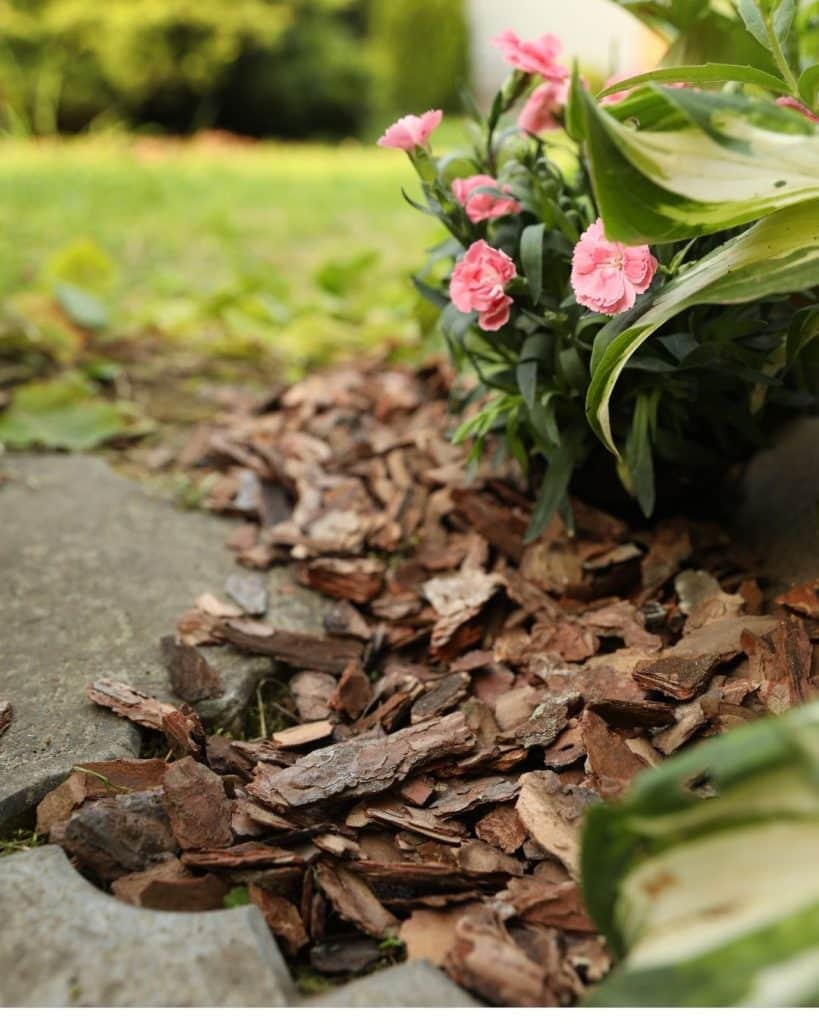
Mulch does wonders for weed control and moisture retention.
It keeps the soil warm in cooler weather and cooler in hot temperatures, all while giving your garden a tidy, finished look. You can use shredded leaves, straw, grass clippings, or wood chips.
I like to spread a thick layer of mulch around my plants after a good watering.
Within days, I notice fewer weeds sprouting up, which means less time I spend hunched over pulling them out. Just remember to keep the mulch a couple of inches away from the stems or trunks of your plants to prevent rot and pests.
9. Create Your Own Mini Greenhouse
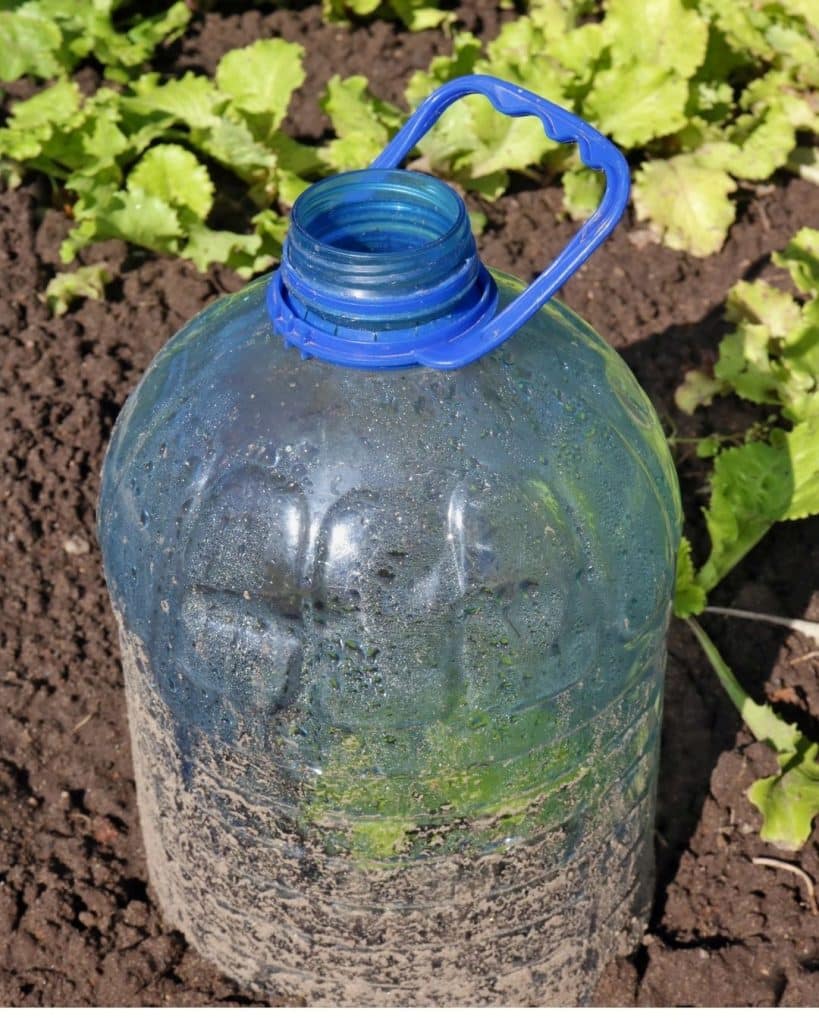
Don’t let cold weather cut your growing season short.
Create mini greenhouses using clear plastic containers or even old plastic bottles. This trick can extend your garden’s productivity by weeks or even months.
Cut a plastic bottle in half, discard the bottom, and place it over your tender seedlings as a protective dome.
It traps heat and moisture inside, perfect for baby plants that need a little extra help. As your seedlings outgrow their mini greenhouse, simply remove the bottle and watch them flourish in the fresh air.
10. Keep Tools Within Reach
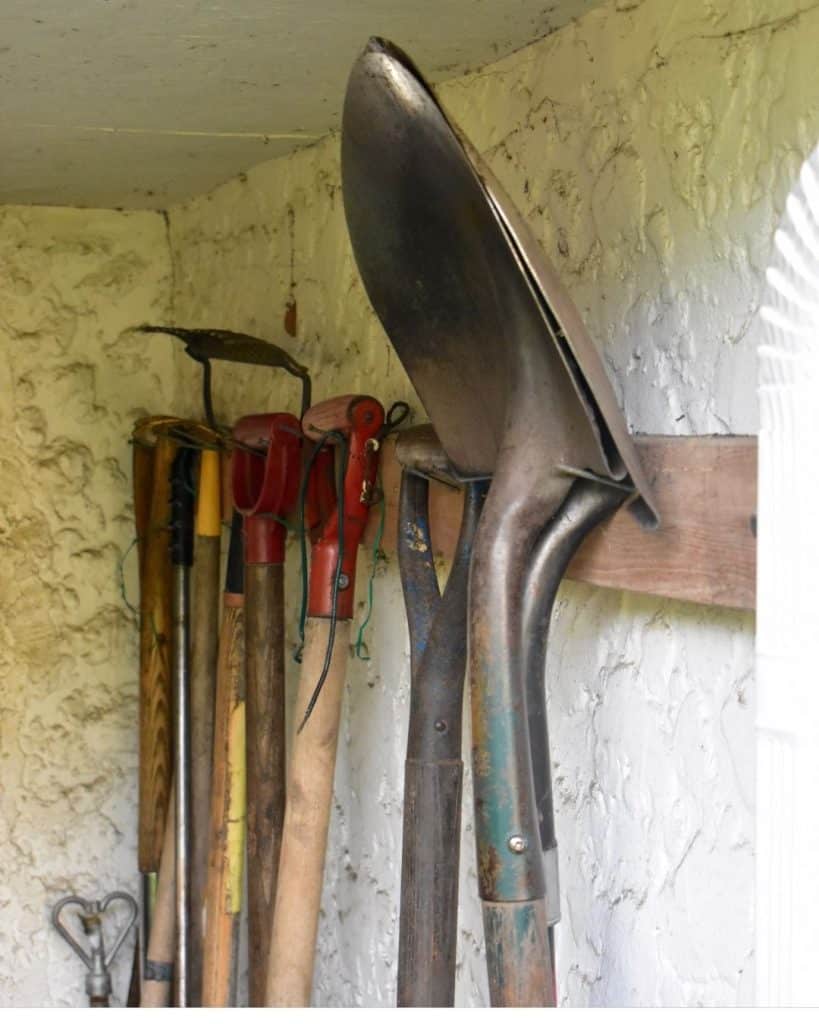
It might sound simple, but having your tools on hand can save you loads of time and frustration.
I’ve often found myself wasting minutes walking back and forth to the shed to grab a trowel or some pruners.
Invest in a sturdy pair of pruning shears and keep them tucked into a tool belt or bucket that you carry with you whenever you’re gardening.
If you prefer to keep your hands free, try installing hooks around your garden area so everything is visible and within arm’s reach. The easier it is to grab your tools, the more likely you’ll use them at the right time.
11. Fight Weeds Organically
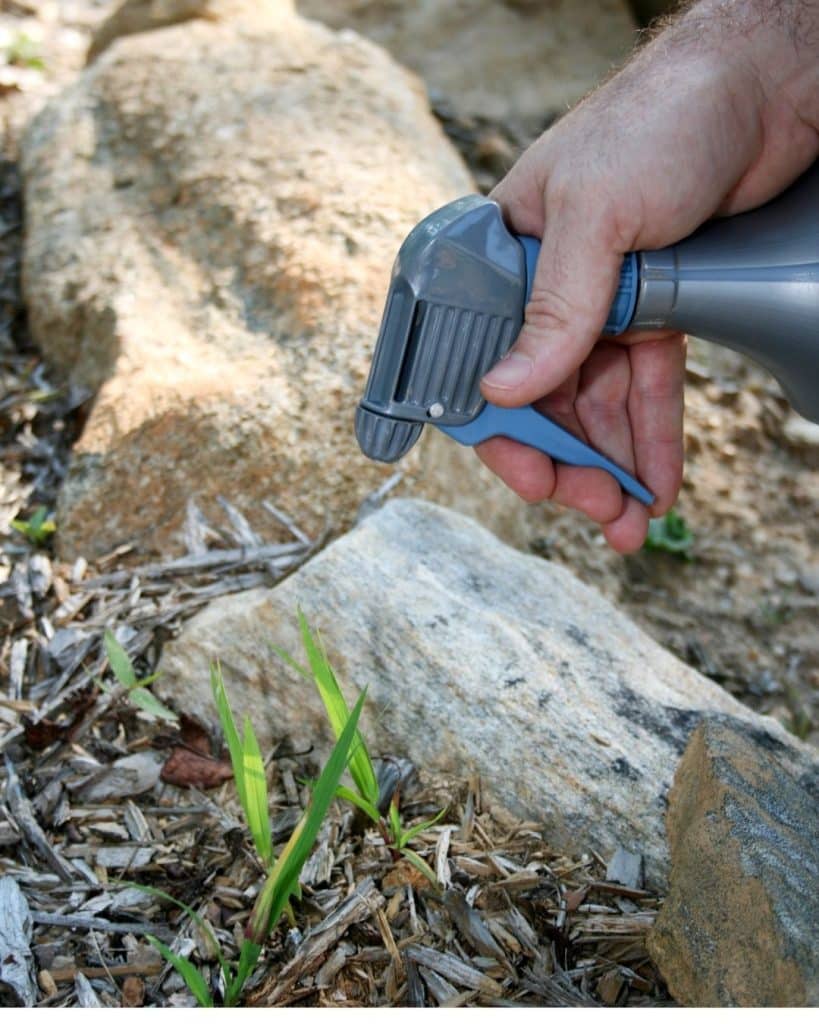
Weeds are every gardener’s nightmare.
Before reaching for chemical-based products, consider some eco-friendly options like hand weeding or homemade vinegar sprays.
Boiling water works wonders on weeds that crop up between pavers or cracks in concrete. Use caution, though, as it can kill any plant it contacts.
Another trick is to lay newspaper or cardboard around your plants and cover it with mulch. This method blocks sunlight, choking out weeds before they get a chance to grow. I’ve used this barrier method to reclaim areas that were once overrun, and it’s always rewarding to see fewer weeds over time.
12. Grow Companion Plants
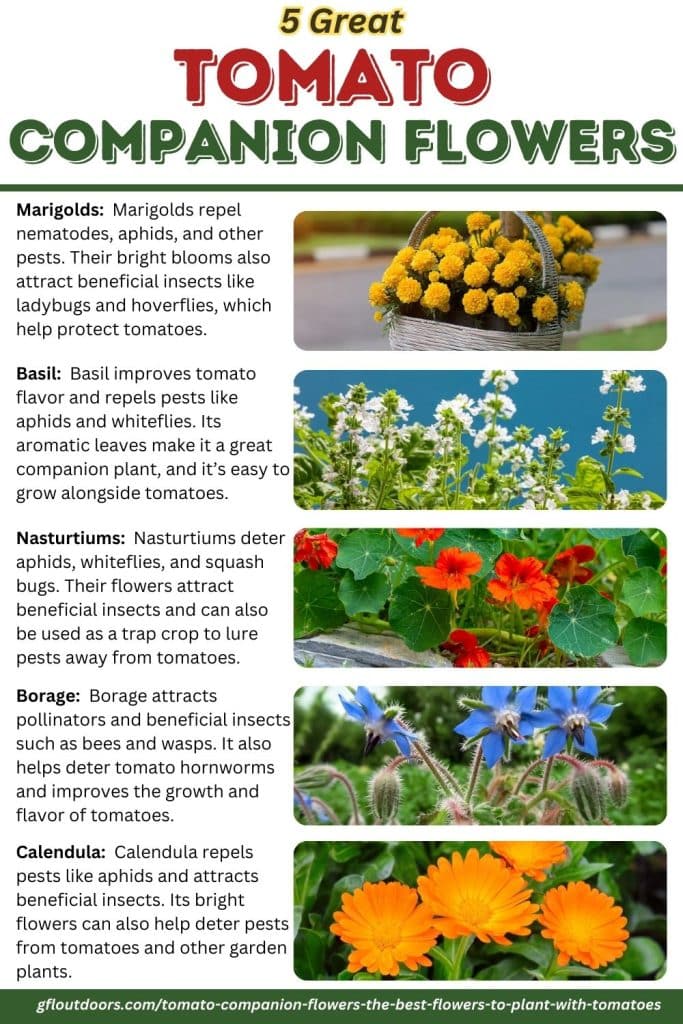
Companion planting can help improve your garden’s health by pairing plants that benefit each other.
For example, marigolds are known to repel pests and can be placed near tomatoes or peppers. Basil grows well with tomatoes, too, allegedly enhancing their flavor.
You can also group plants that have similar water and sunlight requirements. I often group my peppers, tomatoes, and basil together for convenience and pest control.
The results have been remarkable—healthier plants, fewer insects, and a more efficient use of space. Don’t be afraid to research and experiment with your own companion plant combinations.
13. The Paper Towel Trick
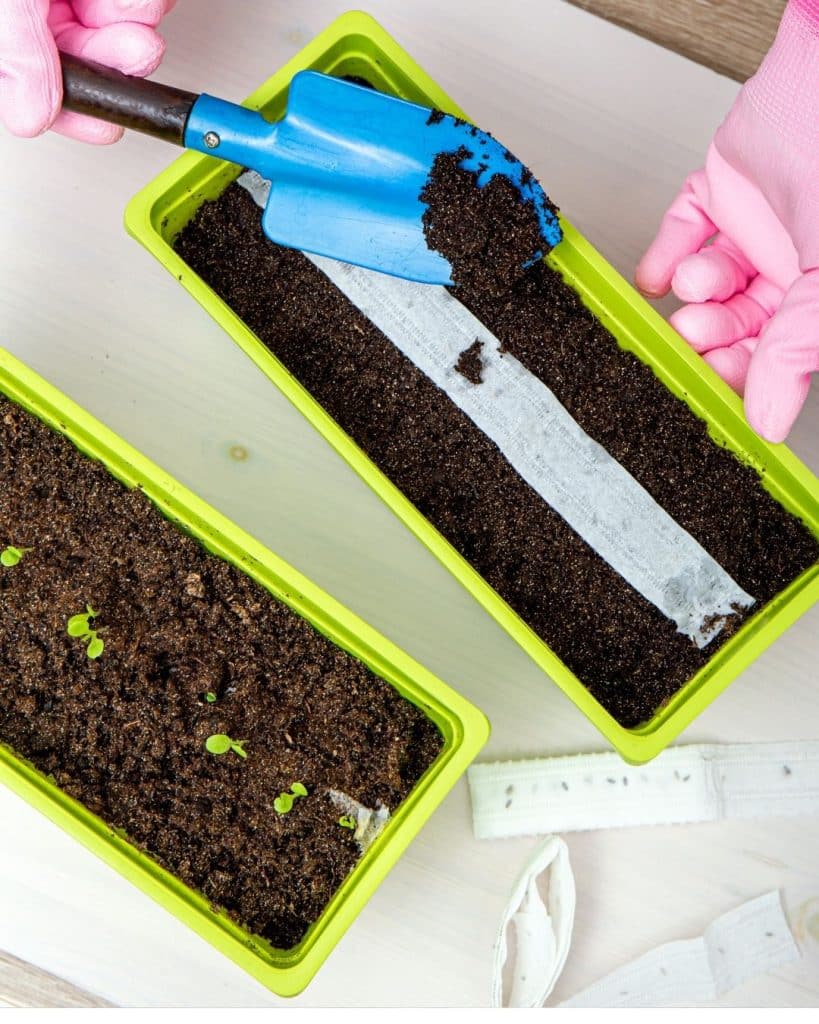
If you’re someone who has trouble germinating seeds, try pre-sprouting them with a simple paper towel.
Lightly moisten a paper towel, spread out your seeds, and cover them with another damp towel. Keep the towel warm and check daily for signs of germination.
After the seeds sprout tiny roots, gently transfer them to a container with a quality potting mix.
I’ve found this method to be a lifesaver, especially with more finicky seeds that need extra care. It also lets you monitor which seeds are viable before you take up garden space with duds.
14. Use a Sun Tracker

Many plants require six to eight hours of sunlight a day.
Placing your plants in the wrong spot can stunt their growth and keep them from producing fruit or flowers. Observe how the sun moves in your garden or use a sun tracker to gauge which areas receive the most light.
I keep a simple chart where I jot down which spots get morning sun and which get hot afternoon sun. This helps me decide the perfect planting location.
There’s nothing worse than having your veggies suffer in too much shade or wilt in excessive sunlight. Know your garden’s sun patterns, and you’ll put your plants on the path to success.
15. Make a Natural Pesticide
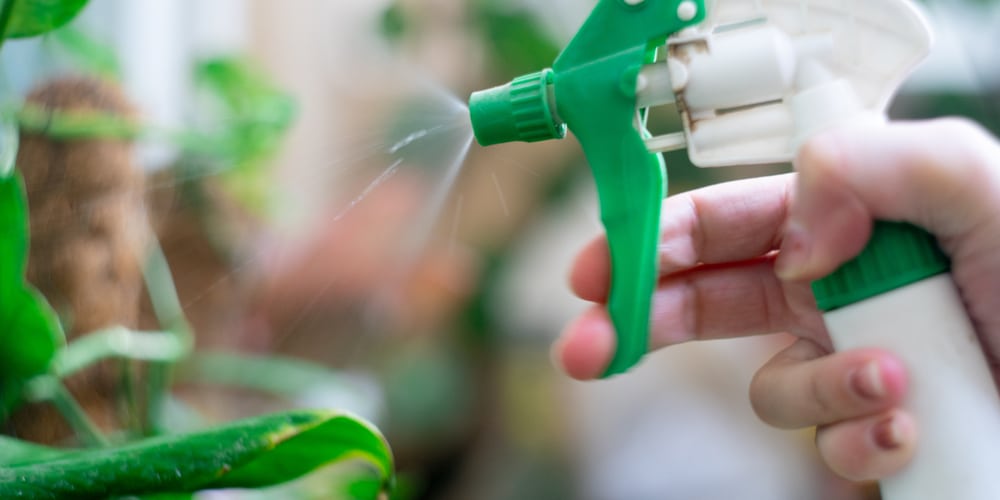
A natural pesticide can work wonders when pests invade your garden.
One of my go-to recipes is a simple mixture of water, a few drops of dish soap, and a sprinkle of cayenne pepper or garlic powder. Spray it on leaves to deter aphids, spider mites, and even some caterpillars.
Another option is neem oil, which can combat a variety of pests without harming beneficial insects if used correctly.
Always test on a small part of the plant first to ensure no adverse reactions occur. This solution has helped me save my rose bushes from aphid invasions more times than I can count.
After experimenting with these 15 tips, I’ve seen my garden transform into a lush, vibrant space teeming with life.
The secret to a successful garden is a combination of good soil, the right plants, proper watering, and a few clever hacks you pick up along the way. I hope these tricks help you nurture your own green paradise.
Bonus: 5 Common Questions Answered
1. How often should I water my garden?
Most gardens need about 1 inch of water per week, but factors like heat, soil type, and plant variety can change this.
Check the soil moisture and water deeply rather than giving light, frequent sprinklings.
2. When is the best time to prune?
For flowering shrubs, prune right after they bloom.
For fruit trees, late winter is usually ideal. A good pair of gardening gloves helps protect your hands while pruning.
3. Do I really need fertilizer?
Most soils don’t have all the nutrients plants need, so fertilizing can help a lot.
Try using fertilizer spikes or compost to consistently feed your plants throughout the growing season.
4. How do I deal with slugs?
Slugs are attracted to moisture.
Use traps like shallow bowls of beer, or place copper tape around the base of plants to deter them. Also, removing debris and watering in the morning can make your garden less appealing.
5. Is organic pest control effective?
Yes.
Natural remedies like neem oil sprays or companion planting can significantly reduce pests. They may require more frequent application but often pose fewer risks to pollinators and the environment.